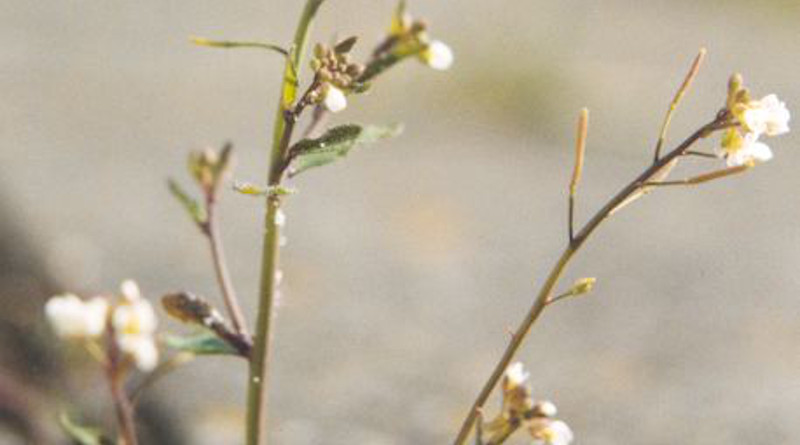When Do Plants Help Or Hinder Each Other?
When plants grow close together, each individual plant has less chance of doing well – at least, that was the accepted wisdom in environmental research.
Now Dr. Ruichang Zhang and Professor Katja Tielbörger from the Institute of Evolution and Ecology at the University of Tübingen are challenging that principle. Their investigation of the combined effects of environmental stress and competition on plants has led them to develop a new theoretical model suggesting that plants can ‘help’ each other out.
The researchers were able to confirm their model predictions in detail in an experiment with real plants. Their study has been published in the latest Nature Communications.
Competition leads to fewer resources being available for each individual organism.
“If the crowding becomes too much, this can even lead to the death of individual plants,” says Katja Tielbörger.
Yet there are many empirical studies that show that plants can also facilitate each other. Tielbörger says this is often the case when plants grow under stressful conditions – for instance, when the soil is saline or the temperatures are high.
“When it’s very hot, for example, large plants can provide shade, which in turn can create better conditions for smaller plants that grow under the canopy of the larger ones,” she adds.
It seems logical that such positive interactions are most important when environmental stress is high. It has therefore long been postulated that facilitation in bad times may turn into competition when conditions are good.
Experiments with Arabidopsis
The two Tübingen researchers have now combined the density and stress factors in a novel mathematical model.
“This showed that under intense stress, it can be advantageous to have many neighbors and that competition only occurs at very high densities,” Tielbörger sums up.
From the point of view of the individual plant, the relationship between density and thriving is like a hump-shaped curve. The Tübingen researchers simulated the model conditions in an experiment using Arabidopsis thaliana or thale cress – the plant commonly used as a model in molecular biology.
“The experiment confirmed all the predictions arising from our model,” says Tielbörger.
For example, the plants suffered considerably less from salt stress when they had many neighbors. And they suffered from competition by neighbors only when they were not under stress.
Because of the complexity of ecological systems, models are a popular method for better understanding nature. Tielbörger says it is remarkable to find such a close match between theory and reality in ecological research:
“This shows how robust and universally valid our actually quite simple model is.”
The model may help to better predict the response of plants to stress – such as increased heat and drought – which are to be expected as the climate changes.

